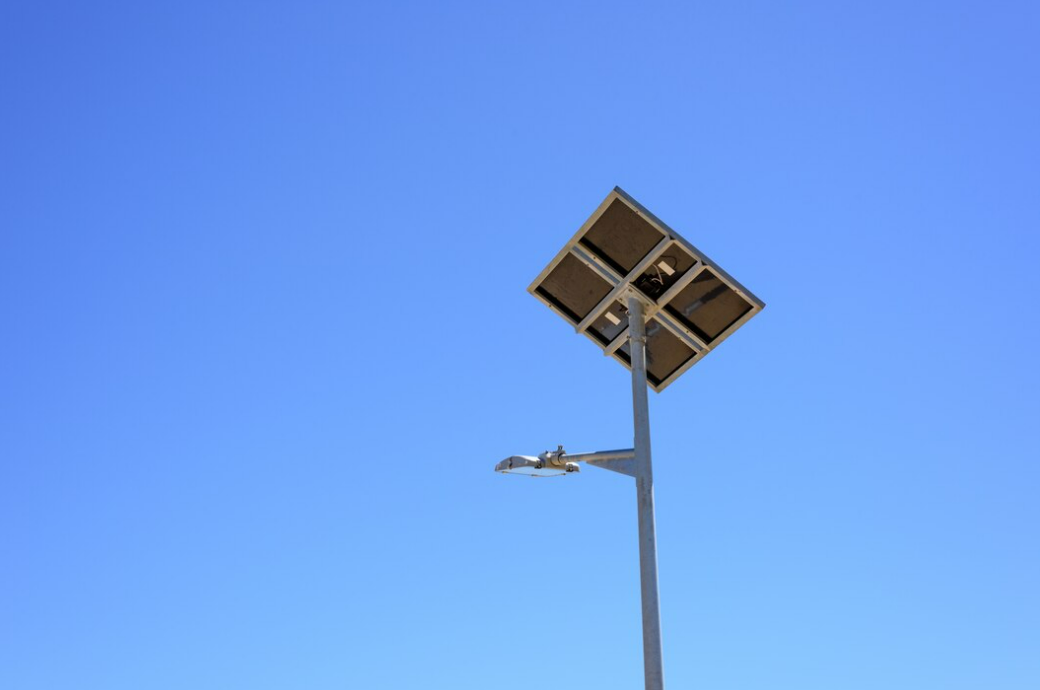
Get A Quote
How Do Solar Lights Work?-The Ultimate Guide
Several years back, the concept of generating light through harnessing the Sun's energy seemed like something out of a science fiction tale. Fast forward to today, and you'll find solar panels adorning the rooftops of structures, houses, and even streetlights illuminating certain cityscapes.
What was once a far-off dream has now materialized into everyday reality. In fact, you might be holding solar power in the palm of your hand right now, courtesy of a solar-powered calculator. And if you happen to have a garden or landscaping at home, the lights guiding your way at night could very well be powered by the sun. I will show you what is solar light and how do solar lights work.
What Is Solar Street Light?
In scientific parlance, 'Solar Lights' refer to portable light fixtures that encompass LED lamps, photovoltaic solar panels, and rechargeable batteries. Put simply, the term "solar" pertains to the sun, and "lighting" denotes the provision of light. Therefore, a solar light is a form of illumination generated through the utilization of solar energy from the sun.
How Do Solar Light Work?
Solar lights operate thanks to the photovoltaic effect, with the pivotal component being the photovoltaic or solar cell. Positioned conspicuously as a dark panel atop the solar light, this solar cell plays a crucial role in converting sunlight into direct electrical current.
Comprising multiple layers of crystalline silicone and chemicals, the solar cell establishes layers of negatively-charged electrons and positively-charged spaces. When sunlight traverses the solar cell, it energizes the negatively-charged electrons, propelling them into the positively-charged spaces.
Subsequently, the positively-charged spaces facilitate the transfer of the electron stream as a direct current of electricity through embedded wires to a battery. Here, the electricity is stored until required, with the battery replenishing its charge throughout the day as sunlight continues its conversion.
As evening descends, the solar cell's activity diminishes until it fades away. A photoreceptor within the light senses darkness and activates the illumination, typically composed of multiple light-emitting diodes (LEDs). Throughout the night, the battery channels electricity to the light.
This cyclic process repeats daily – sunlight transforms into electricity during the day, stored in the battery, and then supplied to the light at night until either depleted or the photoreceptor extinguishes the light as daylight returns.
Advantages and Disadvantages of Solar Light
Solar lights epitomize energy efficiency by harnessing sunlight through solar panels, transforming it into renewable electricity. This eco-friendly approach not only minimizes carbon emissions but also trims energy costs, liberating them from reliance on fossil fuels.
Boasting low maintenance needs, solar lights lack moving parts prone to wear, and their batteries can endure 5-10 years, while LEDs often last over two decades, ensuring a cost-effective, long-term solution. Installation is a breeze, requiring no complex wiring or underground conduits. Positioned atop poles, they suit remote or electricity-access-challenged areas, making solar lights versatile and easily adaptable.
Despite an initial cost disparity, solar lights prove economical over time, eliminating ongoing electricity bills and maintenance expenses. Their range of applications spans streets, parking lots, parks, and smaller settings like signs and pathways. Customizable to specific needs, they seamlessly integrate into both urban and rural landscapes.
Environmentally friendly, solar lights shun harmful emissions, contributing to reduced carbon footprints and enhanced air quality. Ensuring safety, they sidestep electrical wiring risks, mitigating electrocution and fire hazards. Operating independently of power grids, solar lights ensure continued illumination during outages or emergencies, further enhancing their reliability and safety features.
Solar lights will influenced by environment factors. ample sunlight is crucial for a full battery charge. In the summertime, ensuring direct sunlight exposure for most of the day is typically uncomplicated. Placing the light strategically is key, avoiding any potential shading from trees or bushes that could impede the solar light's charging capacity.
However, the winter season poses challenges, potentially hindering the solar light's ability to garner sufficient sunlight for an all-night glow. The longer nights and shorter days characteristic of winter diminish the available sunlight hours for charging the battery. Moreover, the presence of snow during this season may obstruct the solar cell, thwarting daytime charging efforts. Consequently, it becomes essential to consider alternative charging solutions or adjust the solar light's placement to overcome these seasonal limitations.
Conclusion
In summary, solar lights present numerous benefits compared to conventional lighting options, encompassing energy efficiency, minimal maintenance requirements, straightforward installation, cost-effectiveness, adaptability, environmental friendliness, and enhanced safety.
To explore the array of LED solar lights available at INFRLUMIN for your lighting requirements, kindly refer to our offerings.

